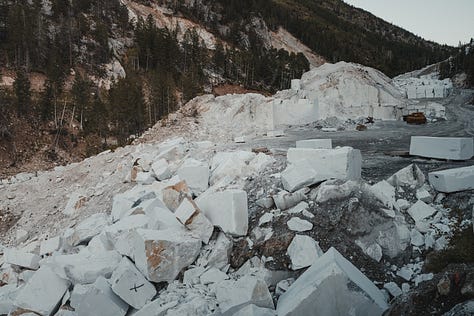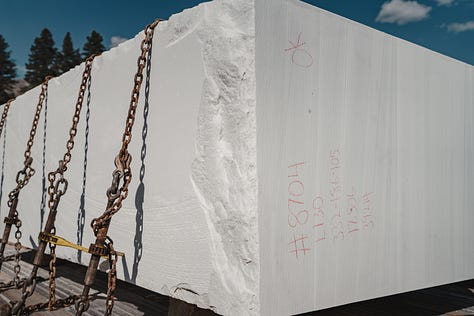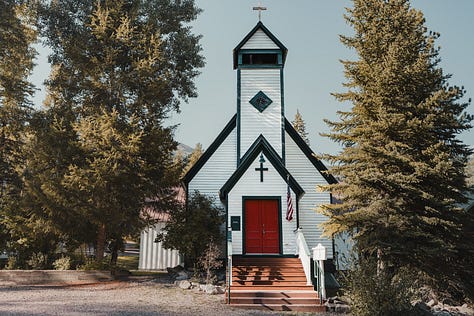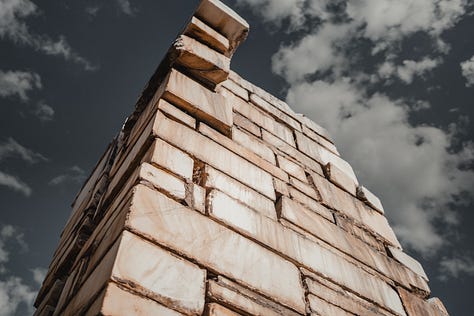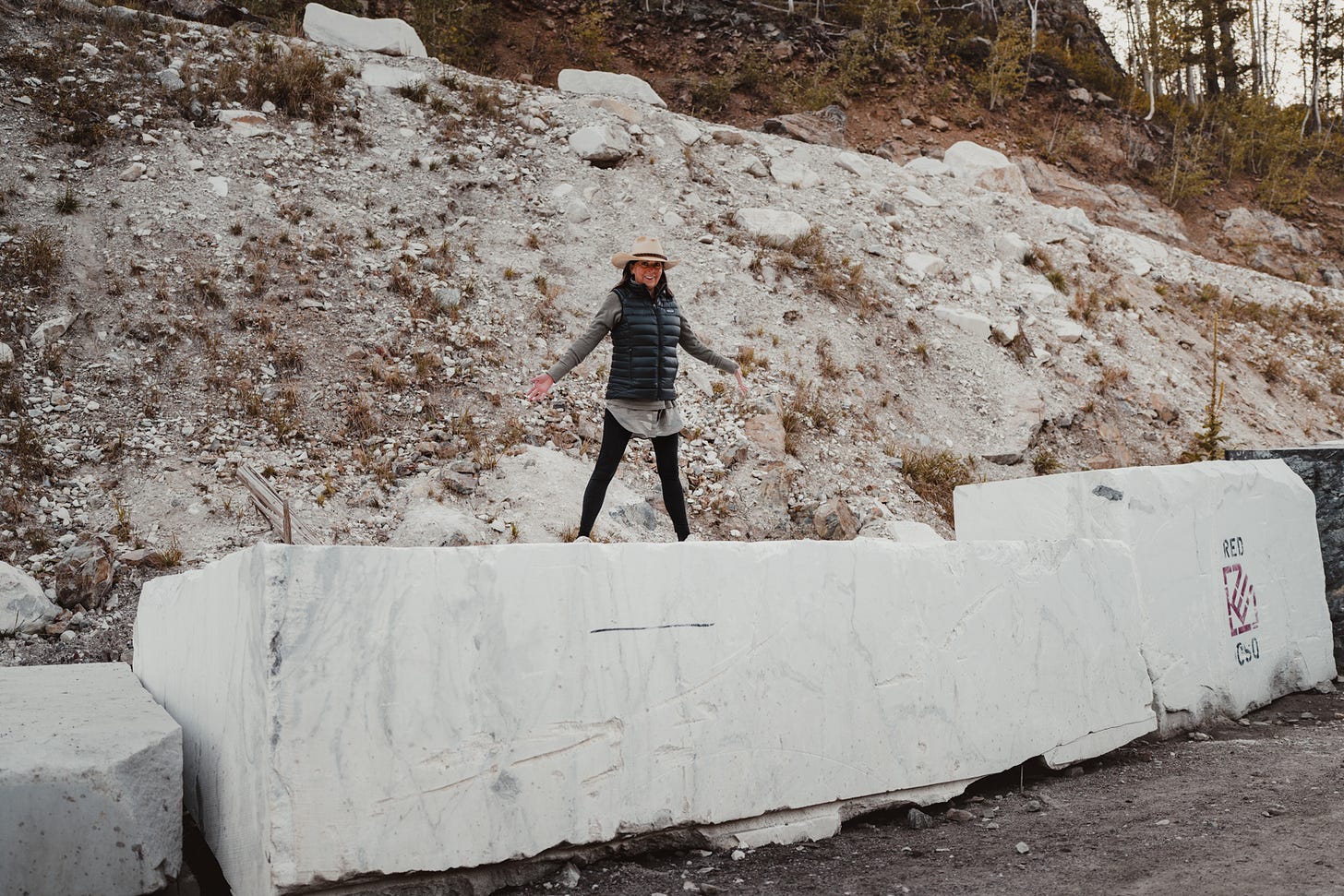Marble on 35mm
A pilgrimage to Marble, Colorado—captured on a single 35mm lens. History, stone, and the tension between what endures and what fades away.
My wife and I moved recently. No worries—we’re still on the Western Slope, just more in a desert setting now. The shift has thrown a wrench into our routines of the last thirteen years in Ouray, but it hasn’t slowed our tradition of travel.
For the past five years, we’ve made an annual pilgrimage to Marble, Colorado in our twenty–foot Airstream Basecamp. It goes by a few nicknames—CamperBugg being my wife’s favorite—but it doubles as my mobile photography office.
We just made our first visit since the move, and as always, Marble delivered the authentic Colorado experience. No surprise there. I’ve photographed Marble in passing over the years, but this trip I set out with intention. I carried only one lens, a 35mm prime mounted on my Sony A7RV. Earlier this year I made the jump to shooting primes exclusively—fixed focal length, no zoom. It forces you to move, to see differently, and it rewards you with images that carry depth and character.
Marble has its name for a reason. The town was built on the Yule Quarry, opened in 1873. From here came the stone for the Lincoln Memorial, the Tomb of the Unknown Soldier, and the Colorado State Capitol. For a time, this valley rivaled Italy’s Carrara in reputation. Each block carried not only the work of local quarrymen, but the weight of Colorado itself into history.
The town rose with the quarry and collapsed more than once when the work stopped. Immigrants and craftsmen made their lives here, carving out a community as much as they carved stone. Today Marble is quiet again. A few summer travelers pass through, but the silence of the quarry endures.
As a photographer, this is what pulls me back: a place where history and present still sit side by side. You see marble everywhere—in the walls of the quarry, in the cut blocks left behind, in the monuments far from here. It’s staggering how much has been taken from the mountain, and how much remains.
This is a place I’ll return to year after year. I hope it never changes, though I’ve seen the signs that it already has. Subtle, but there. That tension—between permanence and change—is part of what makes Marble worth photographing.
Here’s how Marble looks through the 35mm. The stone, the silence, and the history that still lingers in the valley.
